The Four Phases of Loneliness
For those grappling with chronic illnesses like endometriosis, fibromyalgia, Crohn's disease, or inflammatory bowel disease (IBD), the journey through loneliness unfolds in distinct phases.
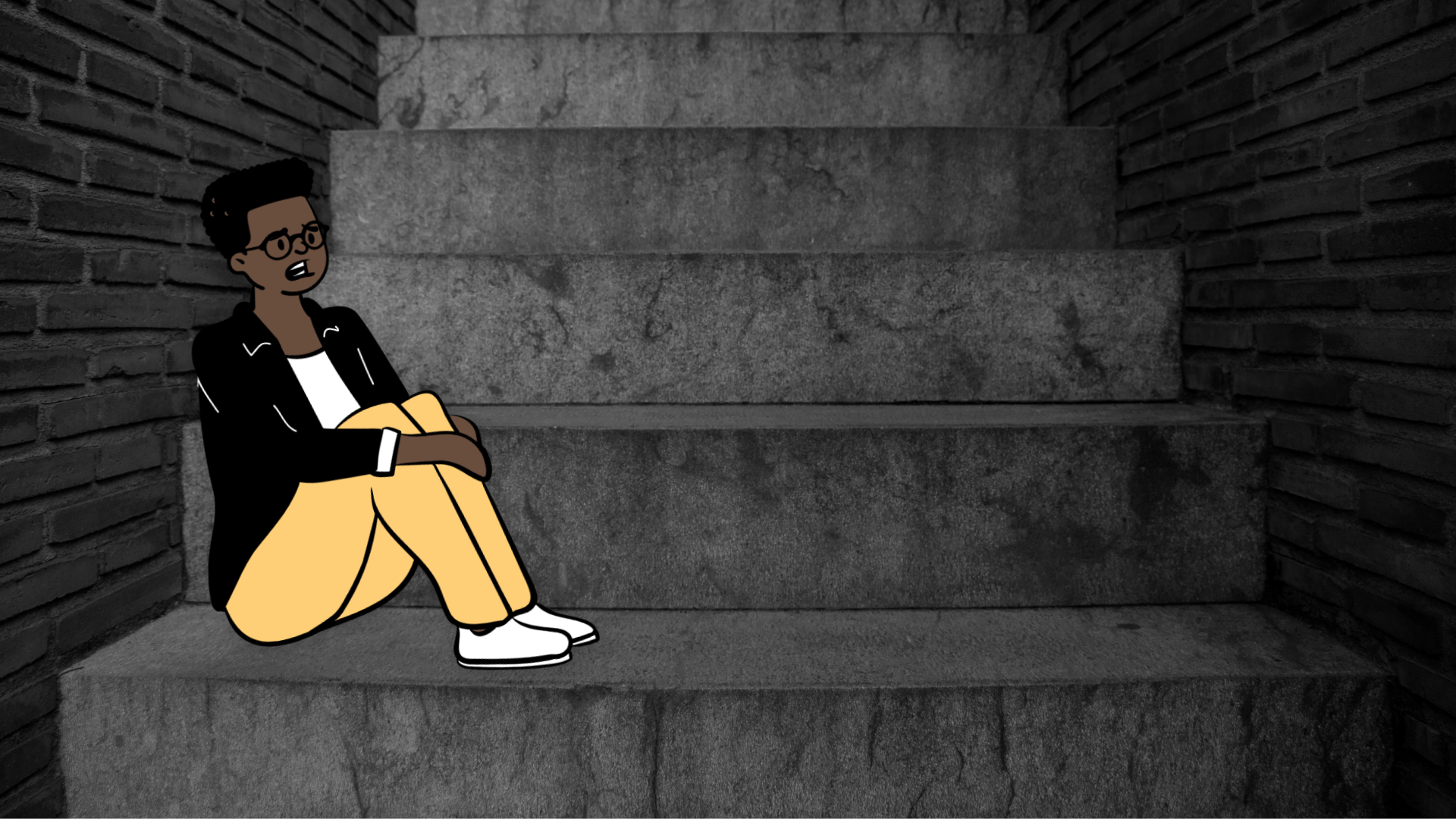
Loneliness is a complex emotion, often stemming from a myriad of circumstances. For those grappling with chronic illnesses like endometriosis, fibromyalgia, Crohn's disease, or inflammatory bowel disease (IBD), the journey through loneliness unfolds in distinct phases.
Understanding these phases can shed light on the emotional challenges faced by individuals dealing with chronic health conditions and pave the way for empathy, support, and resilience.
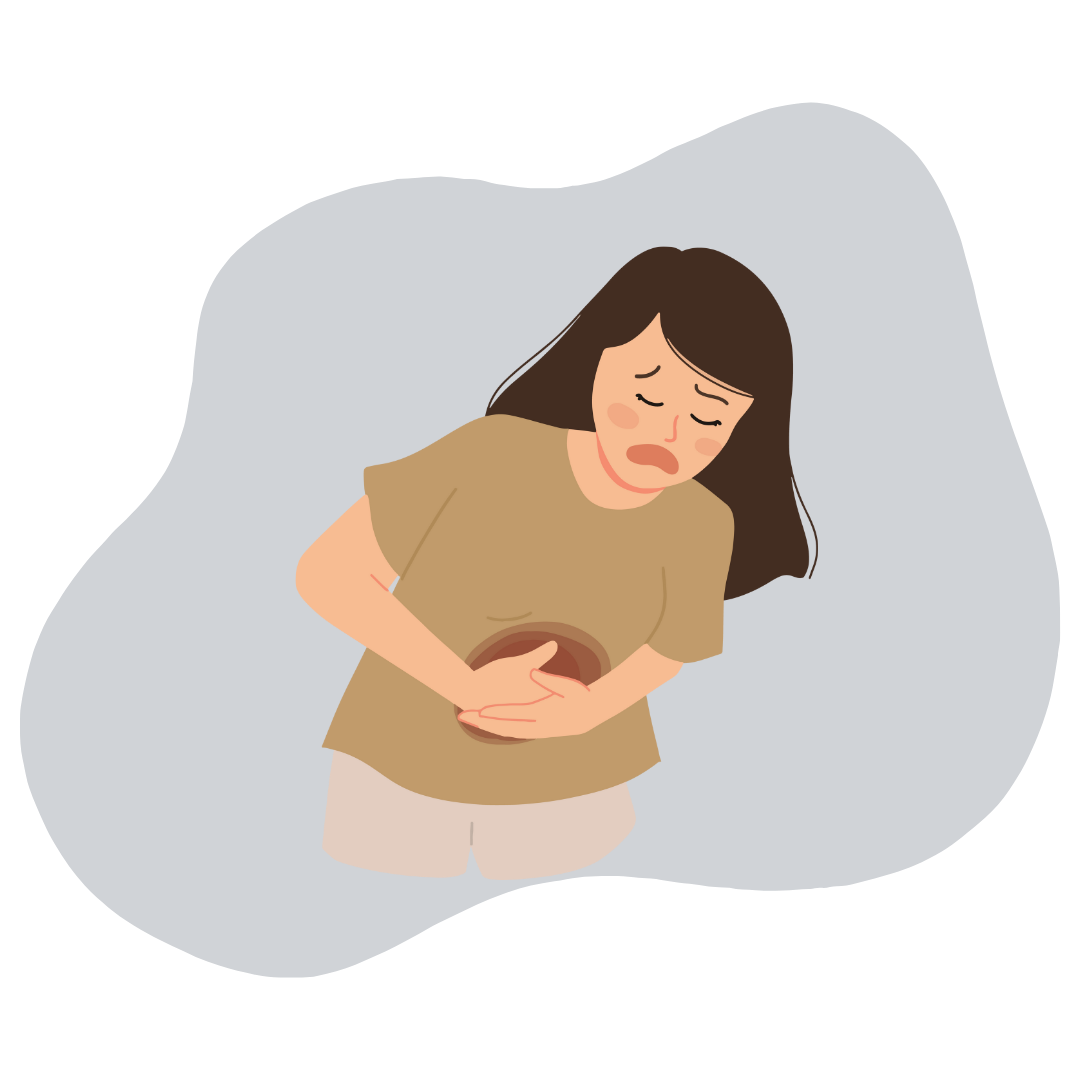
Phase 1: The Onset - Battling the Physical Shackles
The initial phase of loneliness often begins with the onset of chronic illness. Conditions like endometriosis, fibromyalgia, Crohn's, and IBD can bring about debilitating pain and discomfort, prompting individuals to withdraw from their regular activities and social engagements. The physical toll of the illness becomes a barrier, confining individuals to the walls of their homes. The isolation is not necessarily voluntary; it is a response to the demands of the body, which may render even the simplest daily tasks daunting.
Chronic pain can be an insidious force, we literally have to plan our lives around it, limiting the ability to get involved in social events. As the outside world continues to move at its regular pace, those grappling with illness find themselves distanced, both physically and emotionally from normal everyday life.
This initial phase sets the stage for the subsequent emotional hurdles, as individuals grapple not only with their health but also with the diminishing connections to the external world.
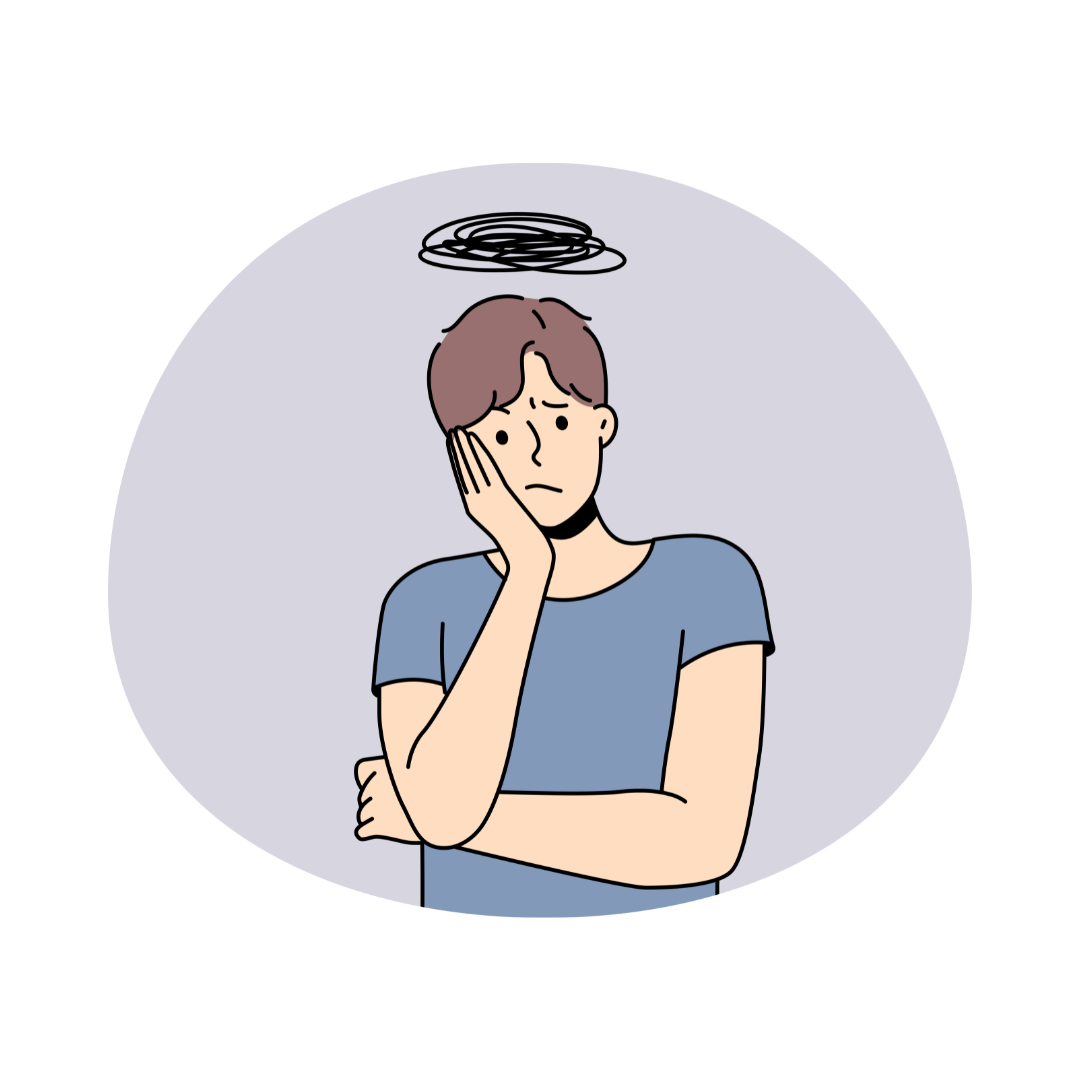
Phase 2: Anxiety's Arrival - Wrestling with the Unknown
The second phase unfolds as anxiety becomes a prominent companion. Chronic illness is often accompanied by uncertainty, and anxiety arises from the myriad questions that linger in the minds of those affected. Will the pain worsen? How will the illness progress? Can normalcy ever be regained? These uncertainties cast a shadow over daily life, contributing to a heightened sense of vulnerability and apprehension.
Anxiety about one's condition introduces an emotional layer to the physical struggle. The fear of the unknown, coupled with the potential for exacerbation of symptoms, becomes a persistent source of stress. It infiltrates thoughts and decisions, making each step forward feel like a precarious endeavor. The combination of physical limitations and the psychological weight of anxiety solidifies the separation from the external world, fostering a sense of isolation that transcends mere physical confinement. Panic attacks follow.
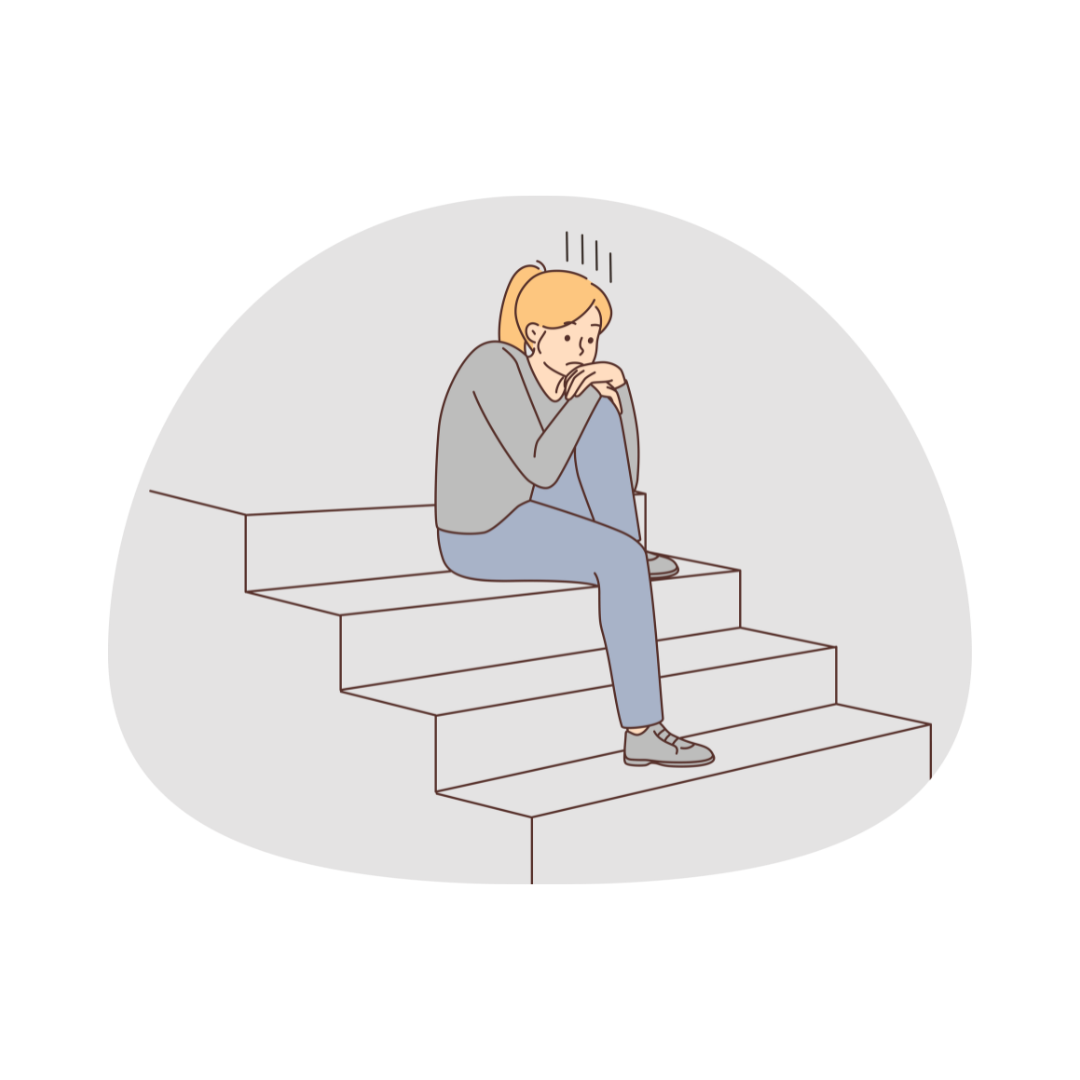
Phase 3: Loneliness and Isolation - The Emotional Abyss
Loneliness takes center stage in the third phase, evolving from the physical and emotional repercussions of chronic illness. The withdrawal from social circles, a natural response to physical discomfort and anxiety, deepens into a profound sense of isolation. While friends and family may offer support, the unique challenges posed by chronic illness can create an emotional gap that feels insurmountable.
The loneliness experienced in this phase is nuanced. It's not just about being physically alone but also about feeling disconnected from the shared experiences of those who haven't walked the same path. The inability to partake in activities that were once commonplace can foster a sense of alienation, leading to emotional solitude even in the presence of others.
As social interactions dwindle, the emotional toll intensifies, casting a pervasive sense of isolation that becomes a defining aspect of daily life.
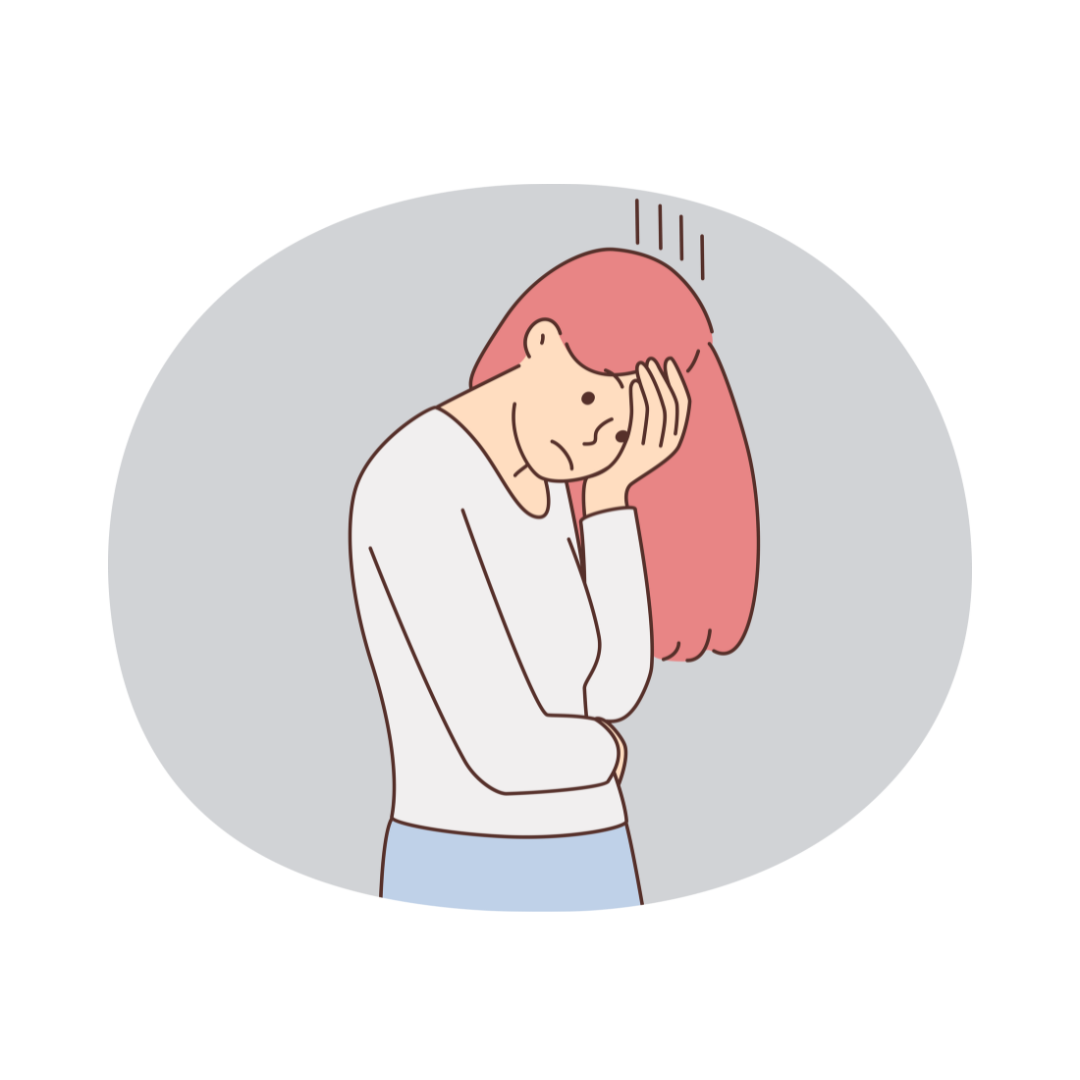
Phase 4: The Abyss Deepens - Depression's Descent
The culmination of chronic illness's impact on mental and emotional well-being often leads to the fourth phase: depression. As loneliness persists, evolving into a chronic emotional state, individuals may find themselves grappling with depressive thoughts.
The cumulative weight of physical pain, anxiety about the future, and a pervasive sense of isolation can erode one's resilience, paving the way for the onset of depression.
Depression, in this context, is not solely a reaction to the physical symptoms of illness but a response to the profound emotional and social disruption caused by chronic health conditions. The joy once found in everyday activities may seem like a distant memory, replaced by a persistent sense of despair and hopelessness.
The emotional abyss deepens, making it challenging to envision a future that deviates from the shadows of loneliness.
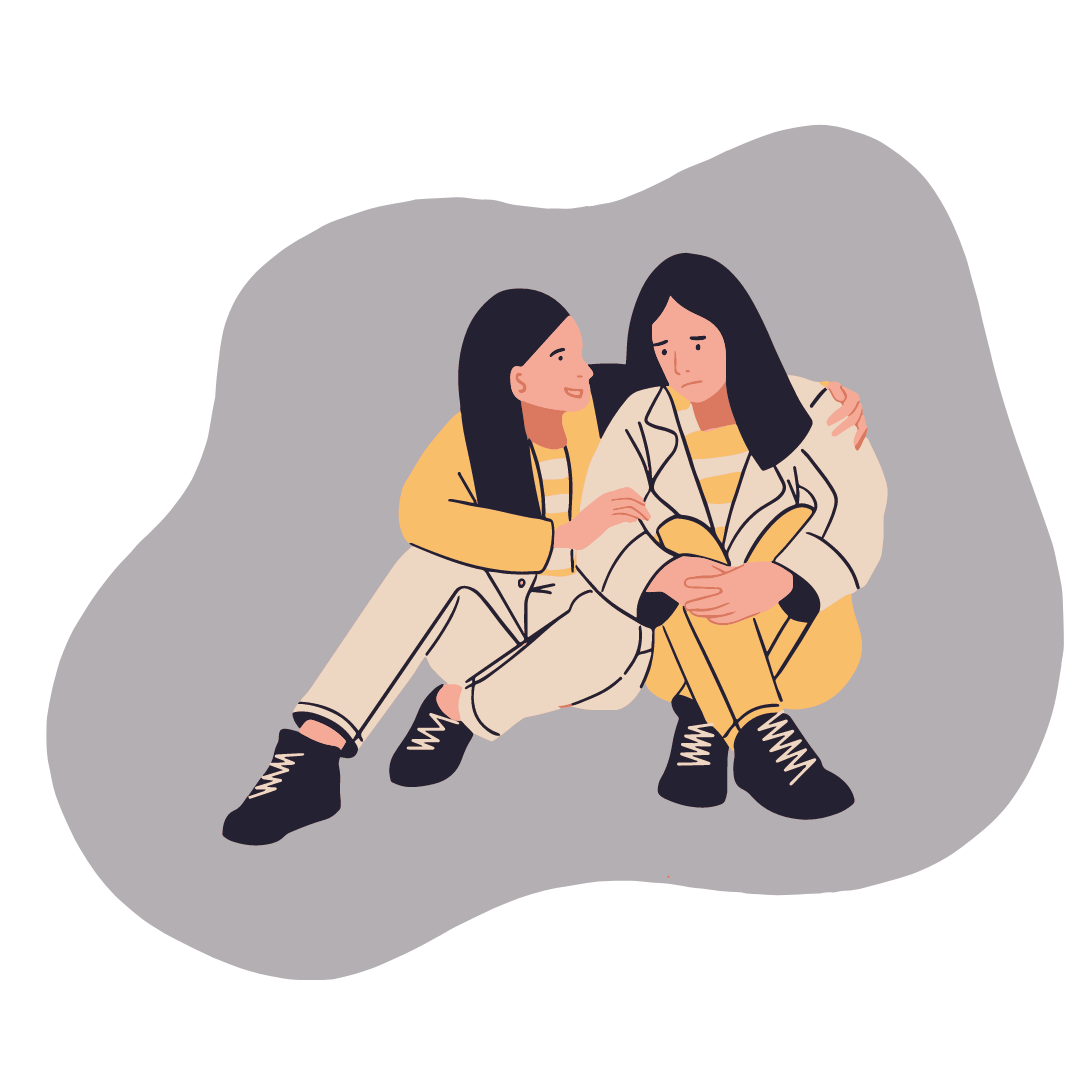
Breaking the Cycle - Nurturing Understanding and Support
While these four phases illustrate a challenging journey, it's crucial to recognize that they don't necessarily unfold in a linear fashion. Individuals may navigate these phases in varying sequences, and some may find themselves oscillating between them. The key lies in fostering understanding and support, both from within and from the external community.
Breaking the cycle of loneliness necessitates acknowledging the emotional intricacies of chronic illness and validating the experiences of those affected.
Identifying this pattern within yourself is key.
Creating a supportive environment involves not only addressing the physical aspects of health but also prioritising mental and emotional well-being. From healthcare professionals offering comprehensive support to friends and family extending empathy, the collective effort can be a catalyst for resilience.
Additionally, communities and organizations play a pivotal role in creating inclusive spaces that accommodate the unique needs of individuals dealing with chronic health conditions. By de-stigmatising loneliness and fostering open conversations about mental health, we can collectively work towards a landscape where those affected by chronic illness feel seen, heard, and supported.
But what can you do to self help if you're in this predicament, you've lost all self confidence, and meeting people seems like a horror worse than the pain you're suffering?
Why not try dipping your toes into a multi-player video game, there are hundreds of thousands to choose from, they will all take your mind off your problems, and to some extent, your physical pain, at least for long enough to provide some respite.
So grab your phone, your pad or computer or your VR headset and take your pick.
Game on !!



